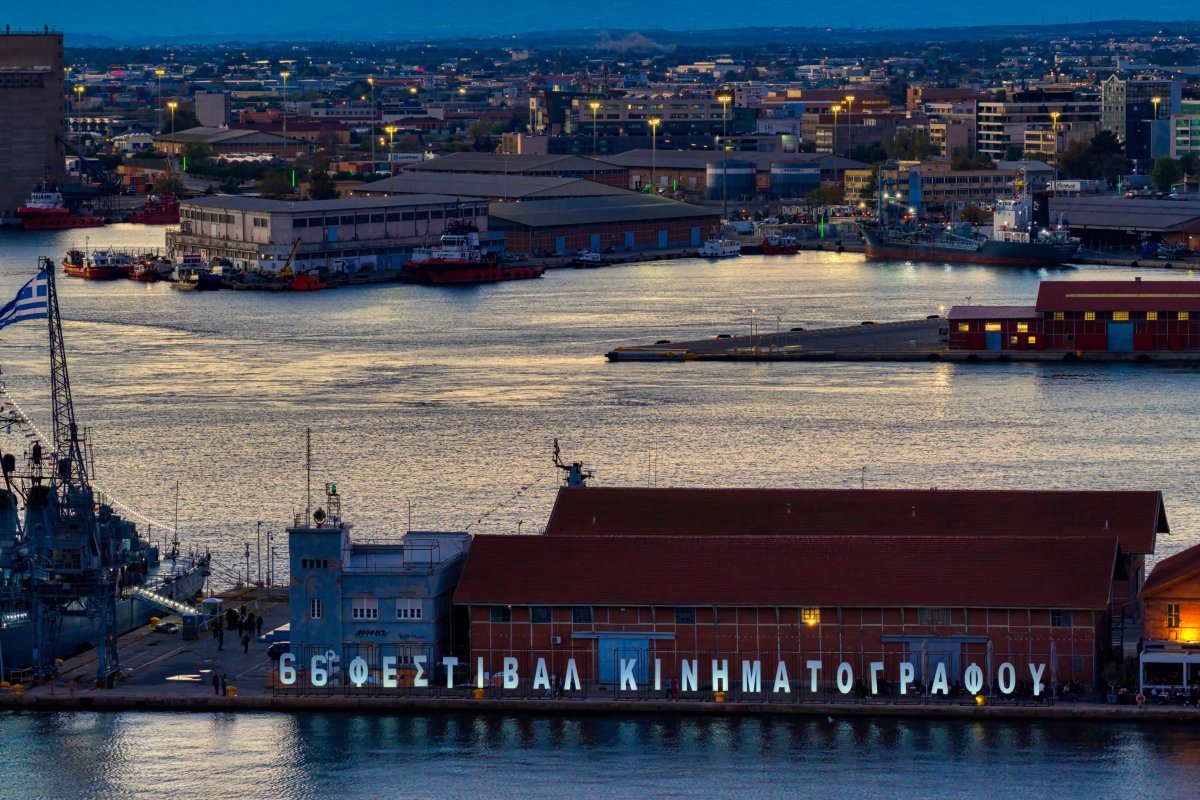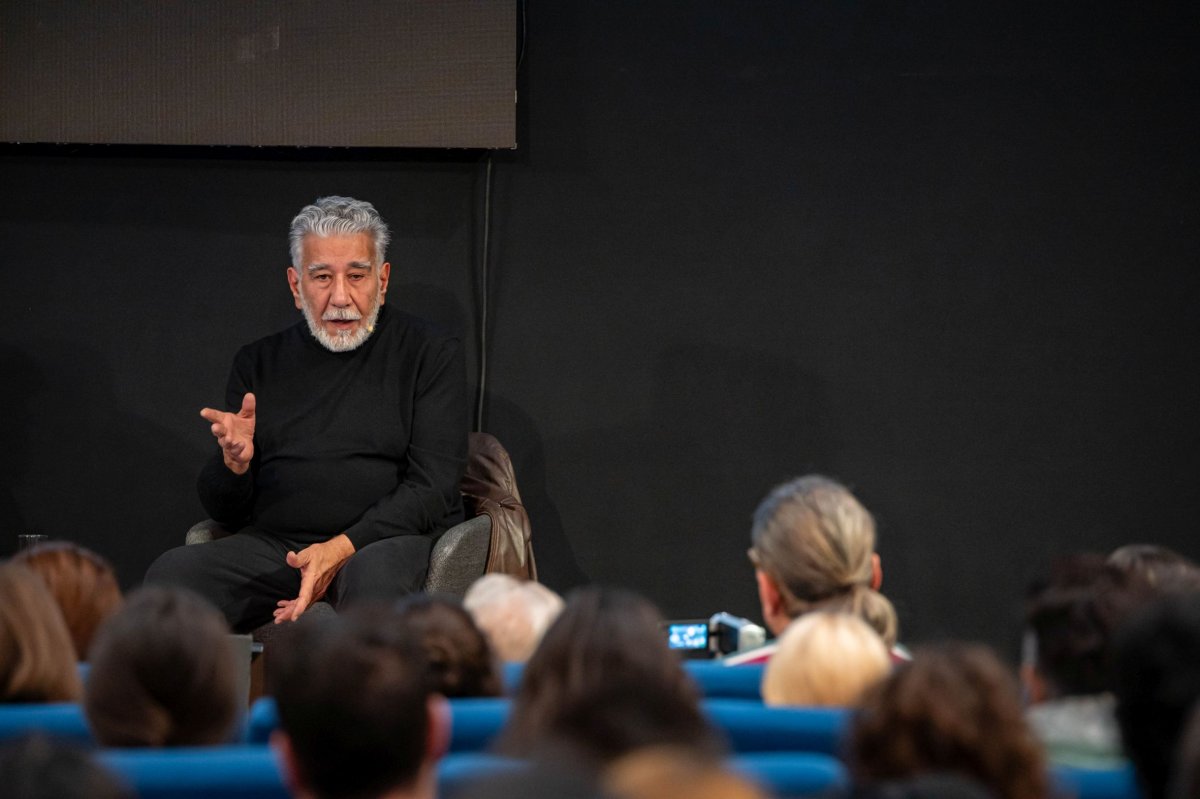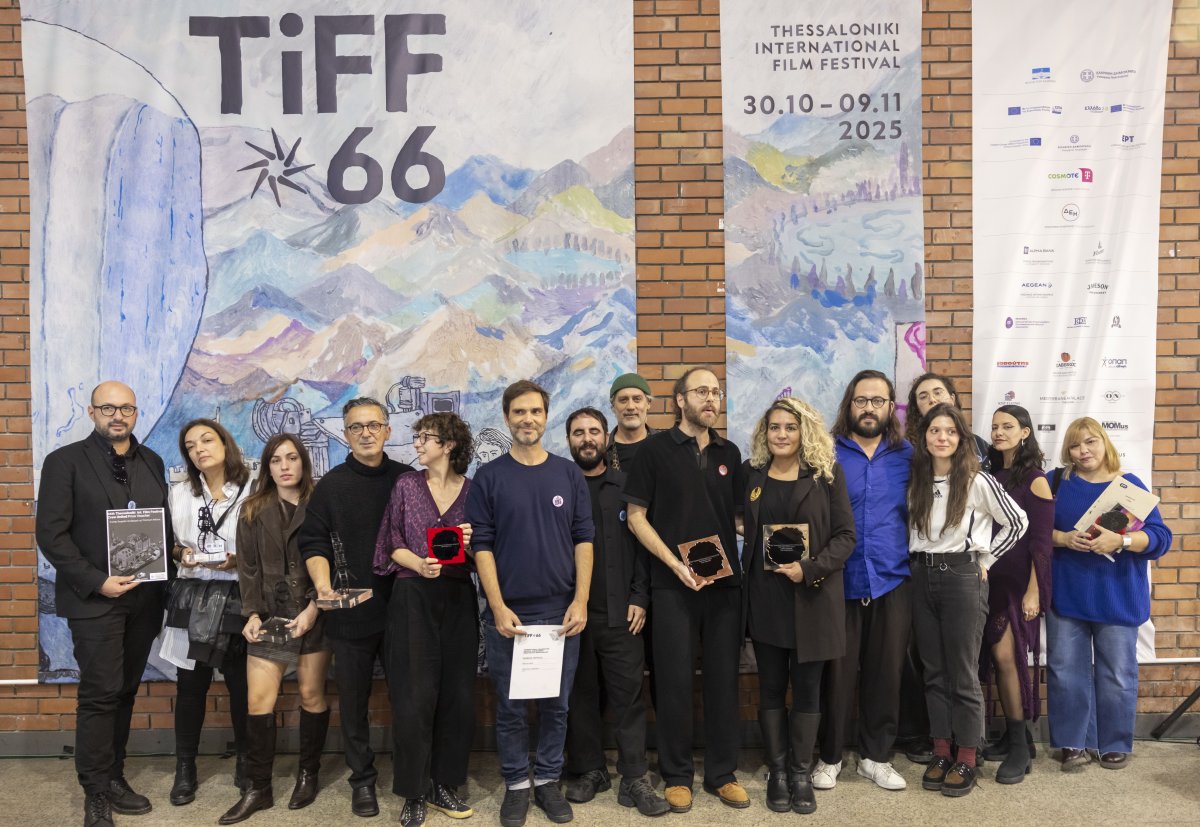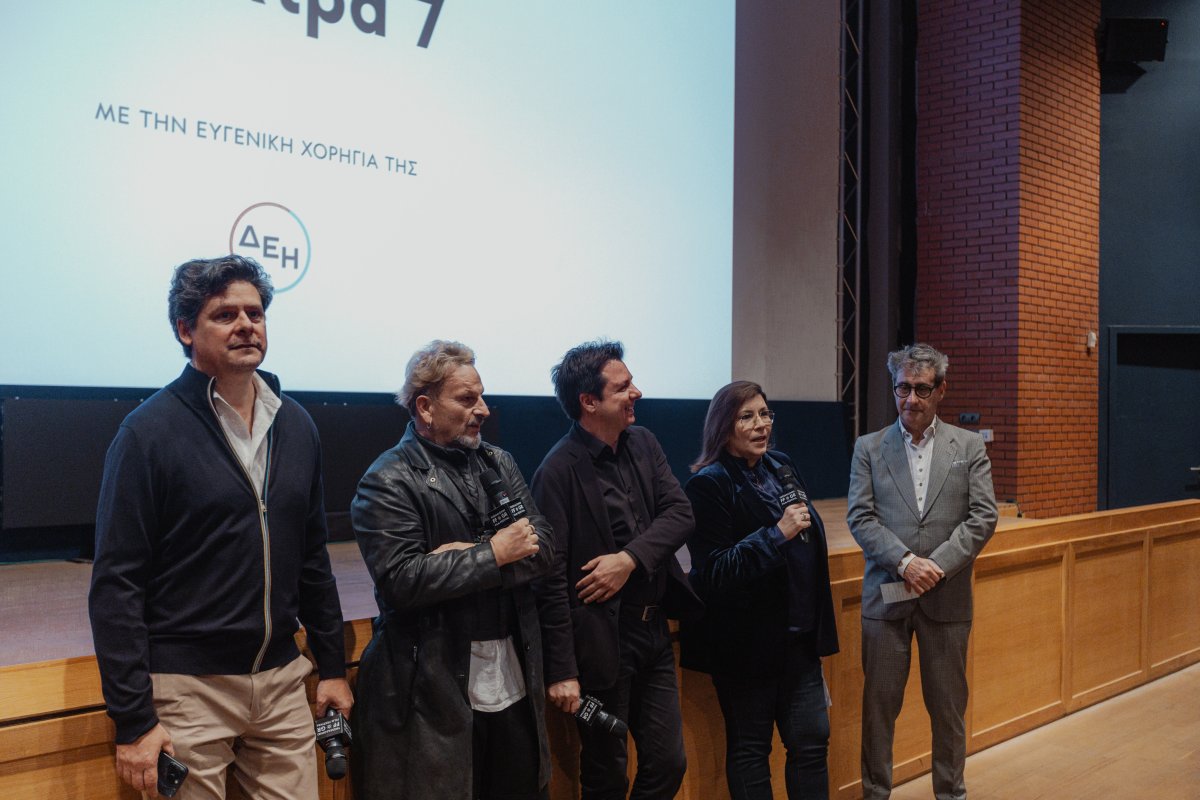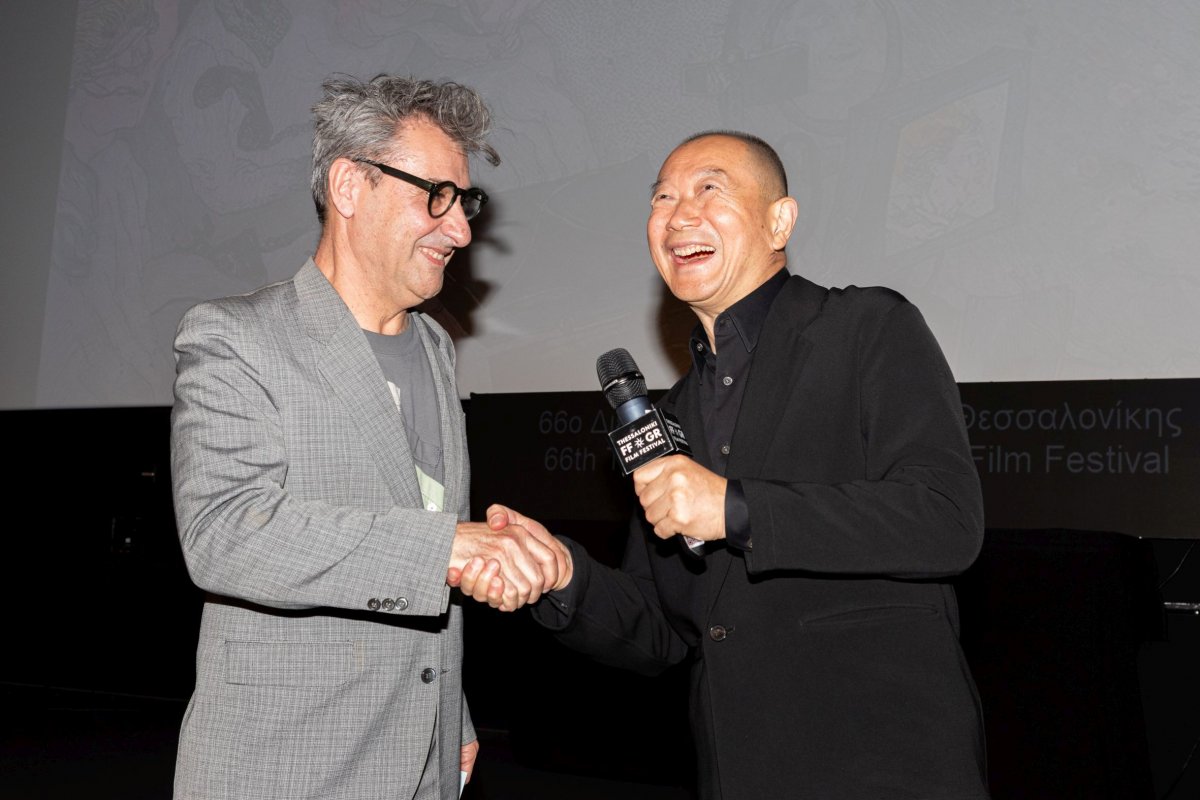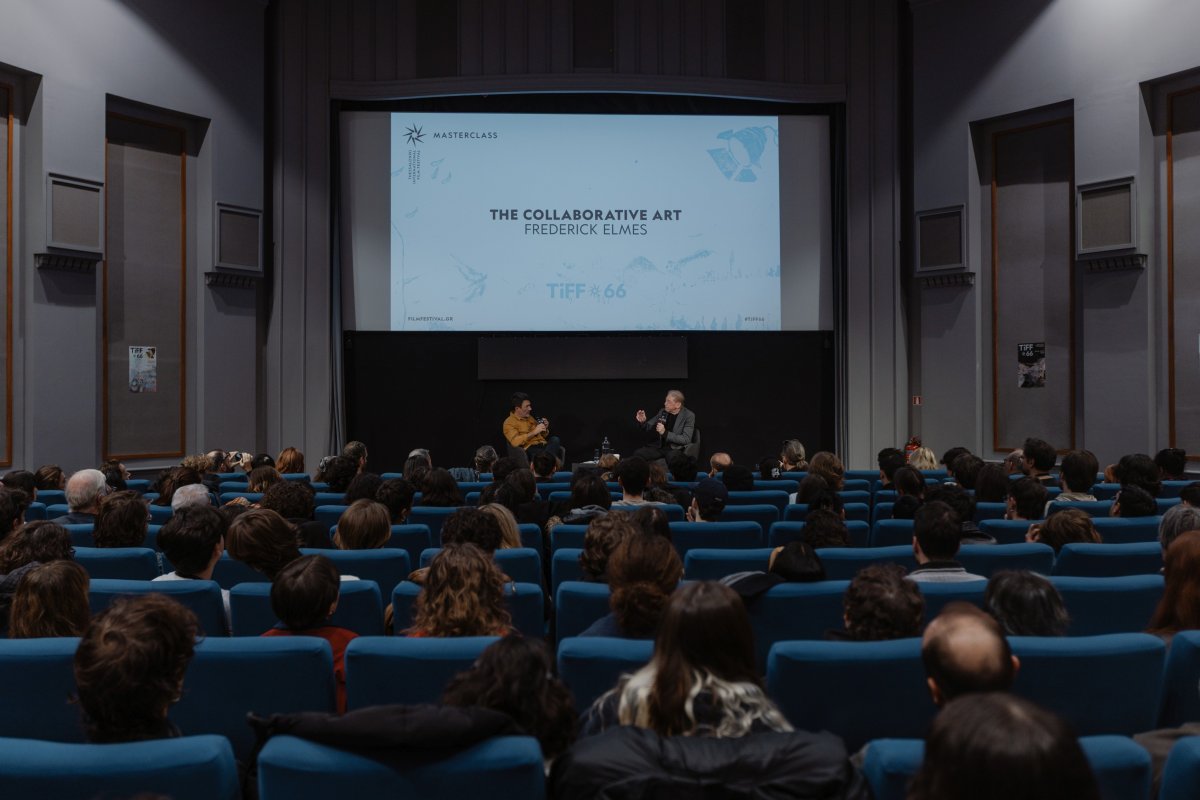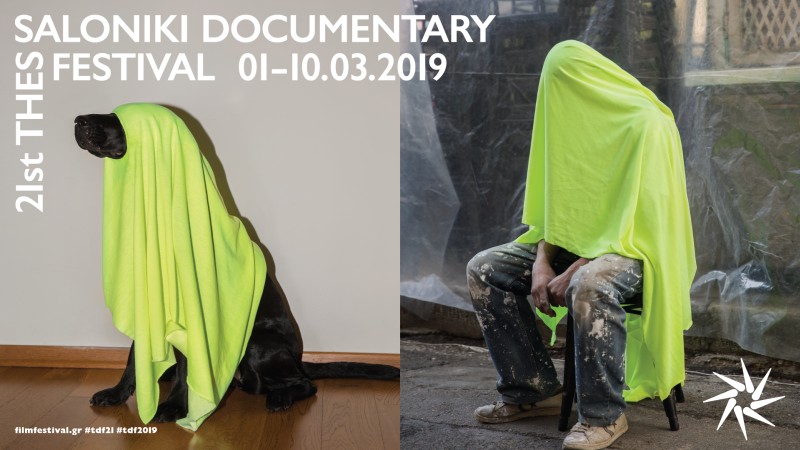Manakia
Two Vlachs from Avdella in Grevena region, the Manakia Brothers, are among the first in the Balkan area who realize that this new invention, cinema, provides the opportunity for simultaneous experimentation and commercial profit. Once acquiring a cinematography camera, the Manakia Brothers get instantly involved with what will in 1905 become known as the Seventh Art. Their methodological approach “setting the camera still and shooting” brings to life The Weavers, a recording of village women in craftsmanship. The ever growing number of recordings which consists of marital ceremonies, local festivities as well as political incidents or combat footage from the region of Macedonia and the greater Balkans betrays their orientation.
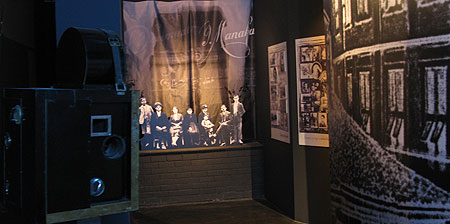
1905 - 1940
Gradually, a native film-style emerges, the origins of which can be traced back to the assimilation of both foreign and domestic stimuli. And while this era's pastoral drama stems from the imported melodrama, the comedic romance emanates from comedy. In the same respect, the leading actors of the time, Michail Michail, Spirintion and Villar, alike their foreign counterparts, find themselves in the epicenter and spread laughter. However, cinema still remains at the time a scientific curiosity for the majority of the world. It is due to this fact that Joseph Hepp's newsreels attract the greatest number of the audience. Meanwhile, Constantinos Bachatoris, the first Greek film producer, will invest a hundred thousand drachmae in order to make together with Peresiadi “Golfo”, the first ever Greek film.
1940 – 1960
With the culmination of Greece's Occupation and Civil-War, the Greek Cinema's ideological and aesthetic foundations are being laid. In this period of time, a considerable number of homogeneous film productions reflect the attempts of a group of emerging directors to incorporate Greek landscape and domestic tradition in the films' narratives. Those attempts will consequently lead to numerous original creations and will provide the semiology of Greek Neorealism. Greek Neorealism, as reflected by directors such as Giorgos Tzavelas, Dinos Dimopoulos and Alekos Sakellarios, coincides with the ways in which those interpreted and adapted Hollywood standard practices and techniques, especially in terms of script-writing, to Greek reality. Simultaneously, the first samples of work towards achieving a comprehensive and recognizable Greek cinematographic identity make their appearance.
1960 -1970
Greek producers, with Filopimena Fino (Finos Films) as their leading figure, make their way to audiences through a group of actors who, despite their theatrical background, engage the camera's lens and mesmerize the public. The great majority of films made during this period fall in the category of comedy or the adequately adapted to domestic standards American musical. Attempts to expand to drama, despite of few exceptions (Grigoriadis, Dimopoulos, Tzavelas), result in the creation of grotesque melodramas some of which are even commercially successful. However, the turning point of the decade would be the establishment of the Thessaloniki Film Festival.
1970 -1990
Its is with the emergence of the New Greek Cinema in 1971 that the principles of the past are questioned and re-examined; According to the academic periodical Contemporary Cinema, which reported at the time on upcoming directors, the combination of Theo Aggelopoulos (Representation), Pantelis Voulgaris (Anna's Matchmaking) and Alex Damianos (Evdokia), provided the structure for the development of an avant-garde type of cinema, the main focus of which was the notion of “Greekness”. Some consider that the films made in 1966, Excursion by Takis Kanellopoulos, Face to Face by Roviros Manthoulis, As far as the Ship by Alex Damianos, Open Letter by George Staboulopoulos, Shine in the Eyes by Panos Glykofrides and Fear by Kostas Manousakis created a rift with the “old” as expressed by the “producers' cinema”.
1990 on-wards
Having experienced the commercial downfall of the 1980s, cinema “decides” to go hand-in-hand with the much popular TV and to embrace its aesthetic choices in order to bring back to cinema theaters the estranged audiences. Simultaneously, a group of younger directors, trained within the previous decade, come forward to express their own viewpoint and aesthetic anguish. The films of directors like Hoursoglou, Goritsas and Grammatikos bring the so-called “Spring of the Greek Cinema”. New technologies, as well as the digital cinema opened up new possibilities by doubling up film productions, providing new orientations and by building up a productive dialogue with TV. Moreover, European co-productions, realized through Eurimage and Eurofund, created new prospects for the European Union countries and the European Cinema altogether.




